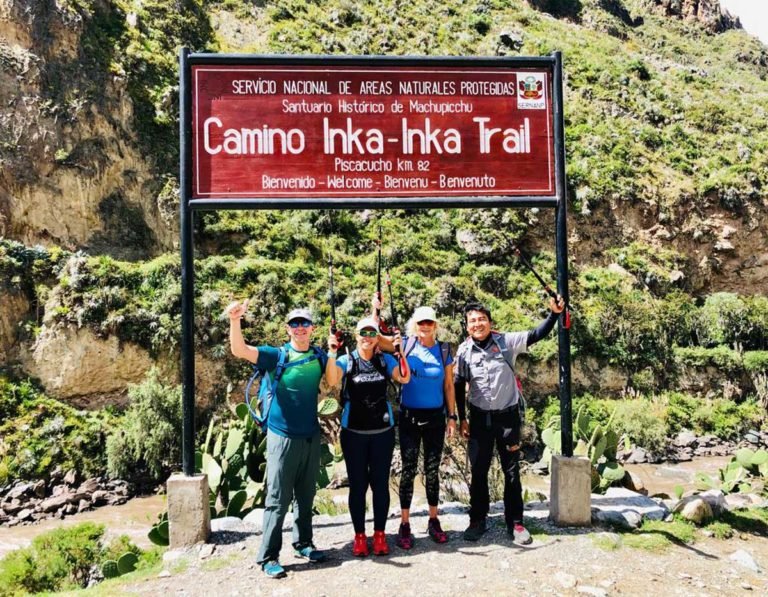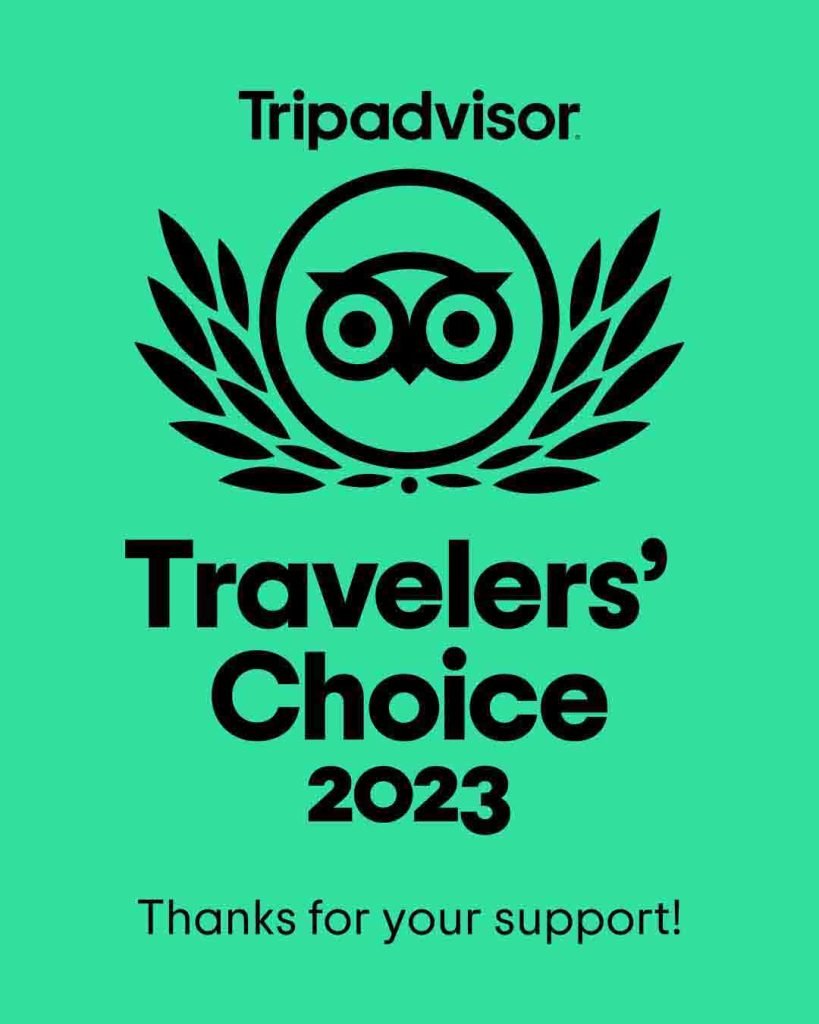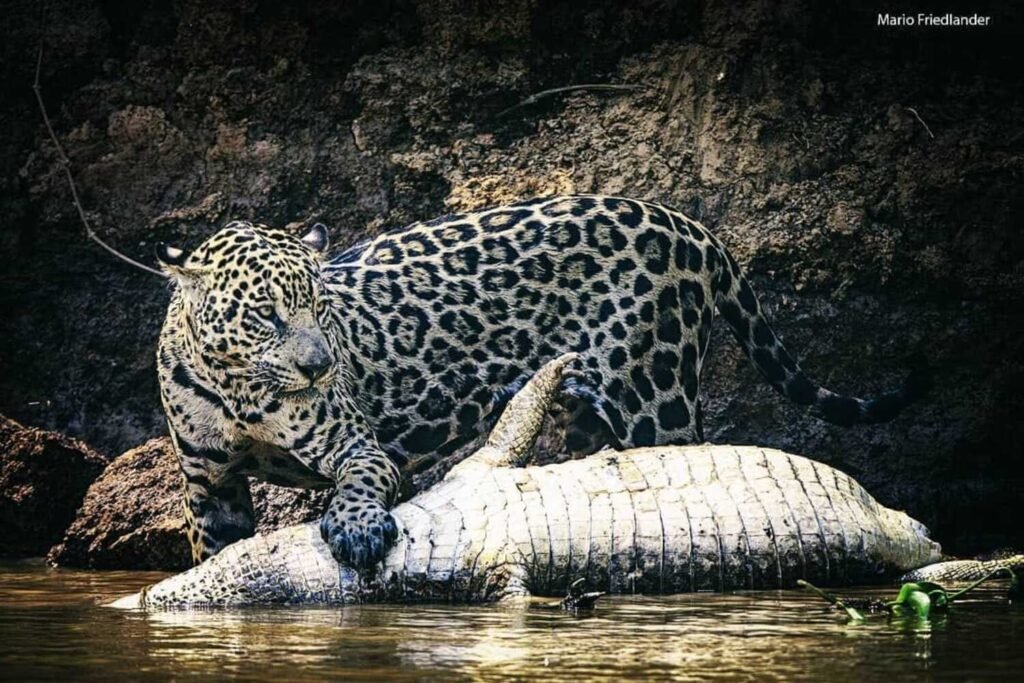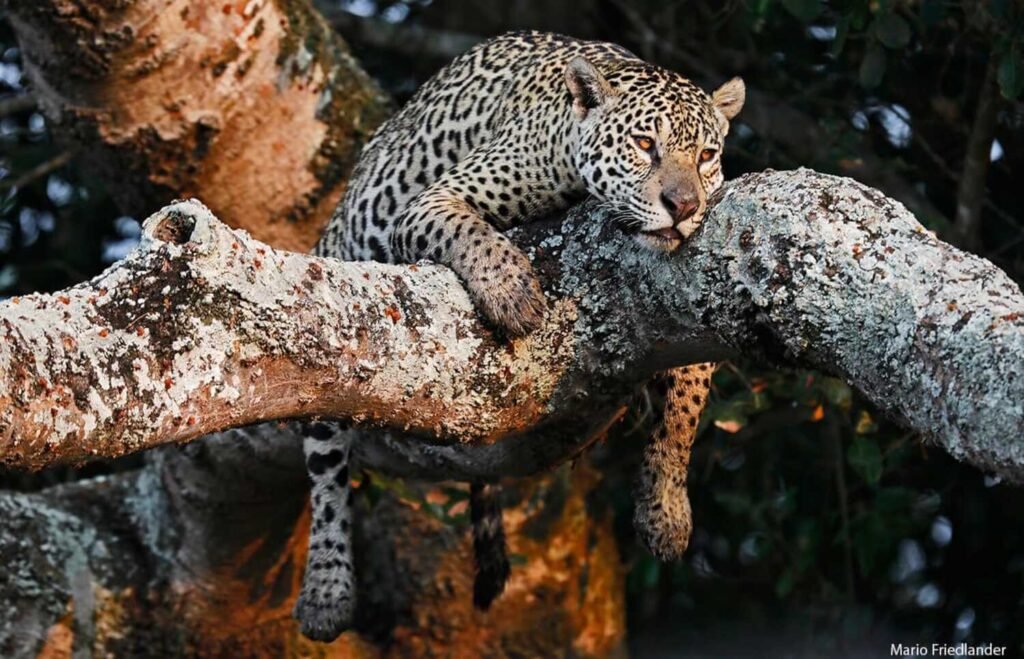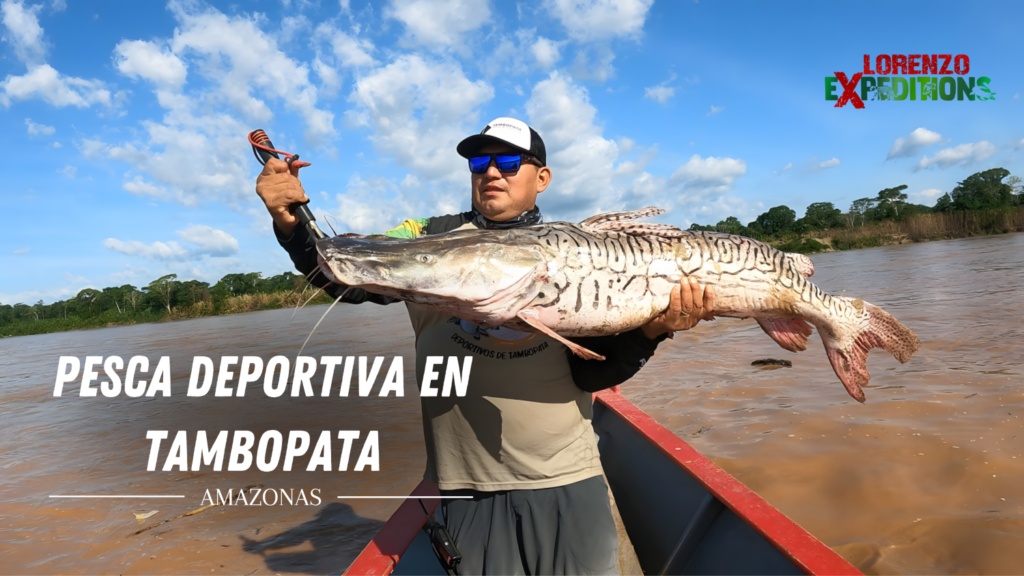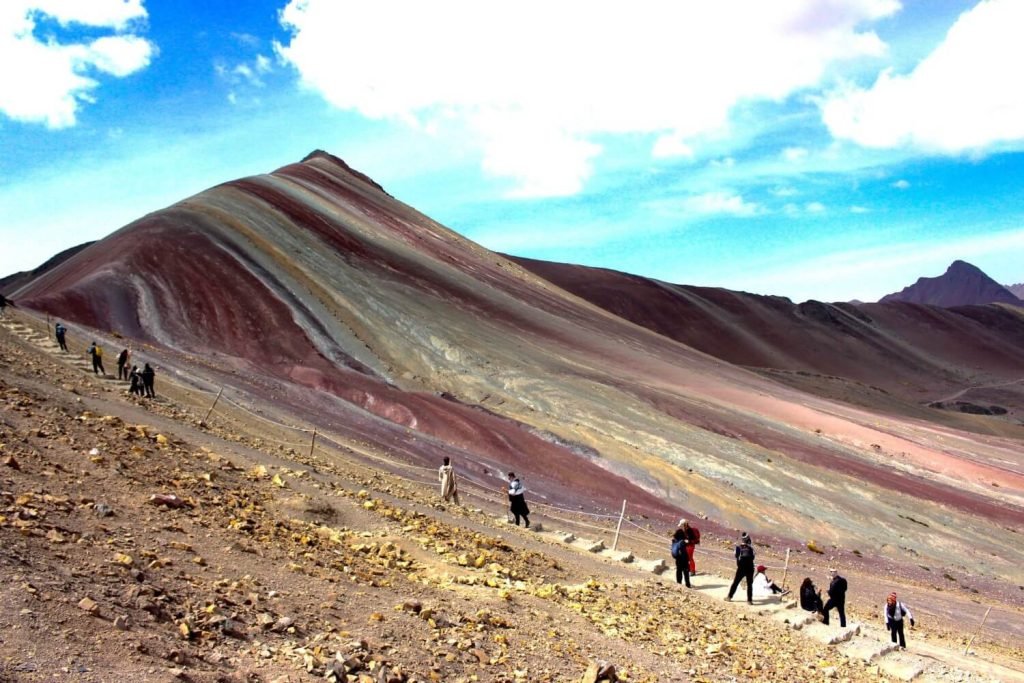Tour Type
Trek & Adventure
Difficulty
Challenging
Duration
4 Days
Languages
Español, English
Best Time
March - January
Group Size
12 persons
Brochure
The famous Inca Trail to Machu Picchu is the world’s most popular trek and Peru’s number one trek. It is one of the most booked routes for hundreds of tourists, offering 4 days of hiking along original paved Inca trails, a variety of fascinating Inca archaeological sites, and the breathtaking scenery of Machu Picchu National Park that can only be accessed by those who can get a ticket many months in advance. The classic Inca Trail is part of the once in a lifetime bucket list of many travelers.
One of the first things we are going to know about this place is that in order to enter we need a special permit that can only be purchased through a local travel agency in Cusco, and Lorenzo Expeditions has such authorization, so learn more about this adventure below.
Itinerary
DAY 1: CUSCO – WAYLLABAMBA: Trekking.
The trek begins when our Lorenzo Expeditions driver picks you up from your hotel or accommodation very early in the morning. We will then travel until we reach the village of Ollantaytambo
At this point, we will stop to check our equipment one last time, as well as to purchase any extra personal items we may need in the village stores.
After that, we take transportation to Piskacucho (Km 82), the starting point for the 4-day Inca Trail. The group will hike for about 3 hours before arriving at the ancient Inca site of Patallaqta.
After taking some pictures of this beautiful area, we will continue walking for another 30 minutes to reach our lunch spot at Tarayoc.
After finishing lunch and a short rest, we will continue ascending through the valley until we reach our first campsite in the village of Huayllabamba.
Day 1 Outline
- DISTANCE, PISKACUCHO – WAYLLABAMBA: 6.8 Mile or 11 km
- ESTIMATED TRAIL TIME: 6 hours
- PISKACUCHO: 8,500 feet or, 2600 meters above sea level.
- PATALLAQTA: 9,000 feet or, 2750 m.a.s.l.
- HUAYLLABAMBA: 9842 ft. or 3000 m.a.s.l.
Meals included: Breakfast | Lunch | Dinner
DAY 2: WAYLLABAMBA – WARMIWAÑUSCA – PACAYMAYO: Trekking
After a delicious and healthy breakfast, as well as some snacks to carry along the hike (provided by the chef) we will head down the trail for about 5 hours until we reach the highest point of the entire Inca Trail, Warmihuañusca Pass (14,000 ft. or 4215 m.a.s.l.).
After taking some time to look at the beautiful view, we will continue and start descending for about 1.5 hours until we reach Paqaymayu camp, where we will have lunch, dinner, and a well-deserved rest.
Day 2 seems short in the description, however, it is by far the most challenging day of the entire trek due to the high elevation of the Warmihuañusca pass.
Day 2 Outline
- DISTANCE HUAYLLABAMBA – WARMIHUAÑUSCA : 5.6 Miles or 9 km
- ESTIMATED TRAIL TIME : 7 hours WARMIHUAÑUSCA: 13,828 ft. or 4,215 m.a.s.l.
- PAQAYMAYU: 11,811 feet or, 3600 meters above sea level.
Meals included: Breakfast | Lunch | Dinner
DAY 3: PACAYMAYO – PUYU PATAMARKA – WIÑAY HUAYNA : Trekking
After a delicious breakfast prepared by our chef, we will walk for about 45 minutes until we reach the fascinating archaeological site of Runkuraqay, a truly impressive place.
Once we have passed through this area we will head towards the Runruraqay pass, we will continue descending for approximately 1-hour to visit the archaeological site of Sayaqmarka which contains extraordinary Inca ruins.
These are beautifully preserved and have withstood the test of time to this day, so be sure to take lots of photos.
Once we have finished at the archaeological site, we will continue walking the 4-day Inca Trail for 30 minutes before arriving at the Chaquiqocha camp where we will take a much-needed lunch break.
After that short break, we will hike for approximately 1.5 hours until we reach the Inca site of Phuyupatamarka.
After a brief presentation of the site by your guides, we will descend for another 3 hours until we reach the Inca site of Wiñaywayna, where we will spend our last night on the classic Inca Trail 4 days to Machu Picchu by Lorenzo Expeditions.
Day 3 Outline
- DISTANCE PAQAYMAYU – WIÑAYWAYNA: 10 miles or 16 km.
- ESTIMATED TRAIL TIME: 7 hours.
- RUNRURAQAY: 12,336 feet or 3,760 meters above sea level.
- SAYAQMARKA: 3,620 m.a.s.l. or 11,876 feet.
- CHAQUICOCHA: 3,500 m.a.s.l. or 11,482 ft.
- PHUYUPATAMARKA: 3,650 m.a.s.l. or 1,1975 ft.
- WIÑAYWAYNA: 2,650 m.a.s.l. or 8,694 ft.
Meals included: Breakfast | Lunch | Dinner
DAY 4: WIÑAY HUAYNA – INTIPUNKU – MACHUPICCHU
This day we will start very early with a hike of one hour and thirty minutes to the Sun Gate (Inti Punku), where we will appreciate the sunrise and our first view of Machu Picchu, and then we will begin our two-hour guided tour.
The tour will take us throughout the Inca City, visiting the main sites, such as enclosures, plazas, sacred fountains, temples, and the agricultural and urban sectors.
Afterward, you will have free time to explore Machu Picchu and take more pictures for the memory, we will take the bus to the town of Aguas Calientes, here is the last lunch. Later we will return by train to Cusco City.
Day 4 Outline
- DISTANCE, PAQAYMAYU – WIÑAYWAYNA: 3.7 Miles or 6 km.
- ESTIMATED TRAIL TIME: 2.5 hours.
- AGUAS CALIENTES: 6,700 Feet or, 2040 meters above sea level.
- MACHUPICCHU: 7,900 Feet or, 2400 meters above sea level.
Included
- ✅ Tour with Professional guide.
- ✅ Mobility from Cusco to Kilometer 82 beginning of the Inca Trail.
- ✅ 3 nights camping in double tent.
- ✅ Tents: EUREKA K2-XT.
- ✅ A Duffle bag
- ✅ Mattress.
- ✅ Dining tent
- ✅ Chairs
- ✅ Entrance ticket to the Inca Trail.
- ✅ Entrance tickes to Machupicchu
- ✅ Return bus from Machupicchu to Aguas Calientes.
- ✅ Train from Aguas Calientes – Ollantaytambo and bus to Cusco.
- ✅ First aid kit.
- ✅ 04 Breakfasts, 03 Lunches, 03 Tea time and 03 Dinners
Not Included
- ❌ Sleeping bag (cost $25 USD).
- ❌ Hiking sticks (cost $15 USD).
- ❌ Air Mattress (cost $15 USD).
- ❌ Personal insurance (compulsory)
- ❌ Drinks.
- ❌ Tips
Packing List
We recommend carrying only the necessary luggage for the four days of the tour. Large backpacks with equipment that are not needed for the expedition should be left in the city of Cusco (at your hotel or in our main office).
This are the main things you have to bring to your inca trail 4 days adventure:
- A small backpack of 30 to 60 liters capacity, remember that a large part of your belongings (05 kg) will go with the porters.
- 04 T-Shirts.
- 02 or 03 trekking pants (fast drying).
- Pants and thermal pole (first layer).
- A light sweater.
- Waterproof clothing.
- Warm jacket (of feather or fiber).
- Hiking boots. Read our full guide about: Inca trail hiking boots.
- Flips flops.
- Hat or cap.
- Sunglasses.
- Sunscreen.
- Water bottle
- Repellent for mosquitoes (30% DEET or more).
- Original Passport.
- Personal medications.
- Flashlight.
- Personal hygiene items: Wet wipes, toothpaste and toothbrush.
- The most friendly and positive attitude possible.
Additional Items to upgrade
These are the different options how you can improve your experience in Machu Picchu after doing our Inca trail trek.
1. Huayna Picchu
The cost of the ticket is $60 dollars per person.
Huayna Picchu is a mountain within the archaeological complex of Machu Picchu, it is a 45-minute hike to the top.
To purchase this additional you must let us know at least 2 months in advance due to high demand or you can also book on the official website of the Ministry of Culture 3 months in advance at: https://www.machupicchu.gob.pe/. Please note that sometimes the website does not work and sometimes it may be difficult or very complicated to buy your ticket online. The schedules and details of your visit to this site will be confirmed at the previous meeting we will have.
2. Machu Picchu Mountain
The cost of the ticket is $60 dollars per person.
Machu Picchu Mountain is another place that many travelers want to climb to have a spectacular view of Machu Picchu, and of course, we help you with all this.
Useful information
Do you want to know more about the Inca Trail? Read our useful information section and learn more about availability, campsites, food, tents, porters, entrance fees, and more.
Availability of the Inca Trail 4 days
A maximum of 500 people per day can access the classic Inca Trail 4 days to Machu Picchu at km 82; this number includes all support staff, such as authorized porters, cooks, and tour guides, this means that only left like 200 spaces for travelers, and is closely monitored; when the Inca Trail reaches its limit of 500 visitors, the Trail is closed for the day and no further reservations can be made; no reservations are taken on the Trail and all permits must be purchased a year in advance if possible.
What you need to know about the Classic Inca Trail 4 days
This 4-day trek to Machu Picchu is not recommended for travelers with back problems.
You will have a guide during your Inca Trail trek and your visit to Machu Picchu.
Daily departures with a group of 2 or more people.
No departures in February due to trail maintenance.
No wheelchair access.
DO NOT FORGET ESSENTIALS: original passport, insurance card, personal medications.
This hike will be composed of a maximum of 6 travelers.
Travel bag
A travel bag will be given to you at our office at the end of your briefing. Your porters will carry them and you will only have access to them at the campsites. Pack your clothes and other personal items that you will not need during the trek. Your day pack should include items such as water, snacks, a first aid kit, and rain gear.
The pack should weigh 5 kg. Remember that only 3 kg will be for your personal belongings. The remaining 2 kg will be for the sleeping bag and mat.
About strikes
Strikes and road blockades are common in Peru and can disrupt our Inca Trail trek to Machu Picchu and train service to and from Machu Picchu. We will make every effort to ensure that your trip to Machu Picchu continues as planned, with some changes.
If the strike occurs on the first day of your 4-day Machu Picchu tour, we will take you to the trailhead the night before your departure date.
If the strike occurs on the last day of your 4-day Inca Trail tour. You will get to Hidroelectrica. This means you will have to walk 2 hours more from Aguas Calientes to Hidroelectrica. Then we will drive 6 hours to Cusco.
Return from Machu Picchu to Cusco
The return from Machu Picchu to Cusco requires a lot of logistics. But we have already organized it.
Bus from Machu Picchu to Aguas Calientes, you will take a bus to Aguas Calientes for about 30 minutes. Buses run every 15 minutes. Then train from Aguas Calientes to Ollantaytambo or Poroy station. Our guide will give you train tickets. Be sure to arrive at the station 30 minutes before.
The estimated time by train is 2 hours from Aguas Calientes to Ollantaytambo.
Estimated time by train is 4 hours from Aguas Calientes to Poroy.
The estimated time from Ollantaytambo to Cusco is 2 hours.
The estimated time from Poroy to Cusco is 40 minutes.
Weather on the classic Inca Trail 4 days
Weather is unpredictable in the Andes. The dry season on the Inca Trail runs from April to October and the rainy season from November to March, but this does not mean no rain in the dry season or no sun in the rainy season, so be prepared. Whichever season you do the 4-day trek to Machu Picchu, make sure you have rain gear, such as a raincoat, rain pants, poncho, and waterproof gloves.
The Inca Trail to Machu Picchu involves several microclimates. You can also experience all four seasons in a single day. So be prepared. Layers are essential, as they easily adapt to different temperature changes. Bring a down jacket, as it will be cold in the morning and evening.
The best time to hike the Inca Trail
The best time to hike the Inca Trail is from May to October, as these months are sunny, with clear skies that allow us to see the stars at night and not suffer the road wet by rain.
The rainy season starts at the end of October and ends at the end of April. The rains are so intense that in February the Inca Trail, which lasts four days, is closed for maintenance and precautionary reasons.
Travel Insurance
We recommend that you take out travel insurance because, if you become ill or injured while away from home, you can be reimbursed for treatment provided as a result of a covered medical emergency during your trip.
Physical Demands
This is a demanding hike, so good physical condition is strongly recommended. The classic altitude differences on the Inca Trail make the trek difficult, as there are three stages during the hike.
Restrooms and showers on the Inca Trail
There are no luxury bathrooms or showers along the Inca Trail.
Lodging options
During the Inca Trail trek to Machu Picchu, single travelers will be paired to share a tent with another traveler of the same sex and couples will have a tent to themselves.
Pre-trip meeting
The day before departure for the 4-day Inca Trail, a mandatory pre-trip briefing is scheduled for 6 pm at our office in Cusco. You will meet with your guide, who will provide you with detailed information about your trek, a list of what you need to bring, rental equipment, or general questions.
All about tipping on the Inca Trail
Tipping is customary on 4-day Inca Trail treks. On the third day, in the afternoon, we say goodbye to our wonderful porters and professional cooks. This is the time to leave a tip, please. Anything extra is always appreciated. Please note that tipping is not mandatory, and you should never feel obligated to leave a tip.
In general, our guests collect tips for the cook and porters. For the tour guide, the tip is given after the guided tour of Machu Picchu. You decide the amount depending on your experience with them. Soles are preferred by our porters and cooks. The guides can receive dollars or soles without any problem.
Tips can be for our porters: 50–90 soles per porter.
Tips can be for our cooks: 120–150 soles per cook.
Food on the Inca Trail
Our cooks are adventure lovers, they train month after month to provide you with the best experience along the Inca Trail. At the end of the trek you will see that you have made a beautiful friendship with them, many of those friendships will last a lifetime.
*Vegetarian, vegan, gluten-free, and other options are available upon request (please advise at the time of booking).
Here are some options we have for food on the Inca Trail Machu Picchu 4 Days.
Breakfast: Hot porridge, quinoa or oatmeal, fried eggs, omelet or pancake with fresh bread, fried banana, thick porridge with chunks of fresh sweet apples and boiled water for hot tea, cola tea, coffee, chocolate, and milk.
Lunch and dinner: First course: quinoa, corn, noodles, asparagus, mushroom or vegetable soup, stuffed avocado or potatoes.
Main course: chicken breast, beef stew, quinoa, fried rice, hamburger, fried chicken, spaghetti bolognese, typical dishes: aji de gallina, escabeche de Pollo or ajiaco de ulluco.
Desserts: Fried plantain, chocolate pudding, chocolate or vanilla cake, peach.
Snacks: Sweets, cookies, fruit juices, biscuits, and a variety of Peruvian fruits such as banana, custard apple, passion fruit, passion fruit, granadilla, apple, orange, tangerine.
Frequently Asked Questions
What type of backpack is necessary for the trip?
For this trip, we recommend a 30-50 liter backpack with clothes that are only necessary for the 4 days of the trip. The rest of your luggage will be left in storage at your hotel in Cusco or at the Lorenzo Expeditions office.
How can I access Huaynapicchu or Machupicchu Montaña?
To climb one of the two mountains, you must purchase the entrance ticket in advance. Huaynapicchu has an extra cost of $60 USD per person, and it is recommended to book tickets at least 3 months in advance. If you wish to book the entrance ticket for Huaynapicchu, please contact our reservations team.
Will there be accommodations, or will we be camping?
The two nights will be in accommodations. (hotel in Ollantaytambo and Aguas Calientes)
Is the Inca Trail to Machu Picchu hard?
Altitude is the most difficult aspect of the Inca Trail for many people. If you have spent two or three days acclimatizing in Cusco beforehand, the altitude on most hikes will not cause you any problems.
How long is Inca Trail 3 days to Machu Picchu?
The classic 3-day Inca Trail is 15 km.
Does the Inca Trail lead to Machu Picchu?
Yes, the Incas used the Inca roads to connect all their territories with Cusco, we can find Inca roads throughout Peru, Ecuador, Bolivia, Chile, and Argentina. Today it is called Qapaq Ñan, which is translated as Imperial Road.
How to book Inca Trail to Machu Picchu?
To reserve, you have to hire an authorized tour operator (required by the Peruvian Government). Lorenzo Expeditions is one of the best options with high quality and personalized service.
Where is the Inca Trail to Machu Picchu located?
Your trip to Machu Picchu will begin in the city of Cusco, and this impressive three-day trek begins at a place called Chincheros.
How difficult is the Inca Trail to Machu Picchu?
Talking in days would be:
- Day 01: Moderate trek.
- Day 2: challenging to difficult as there are several steep sections.
- Day 3: Moderate to a bit difficult.
- Day 4: Moderate, arriving at Machupicchu.
How to hike the Inca Trail to Machu Picchu?
First, look for a licensed agency, Lorenzo Expeditions is a licensed tour operator. Then book in advance, especially in high season.







